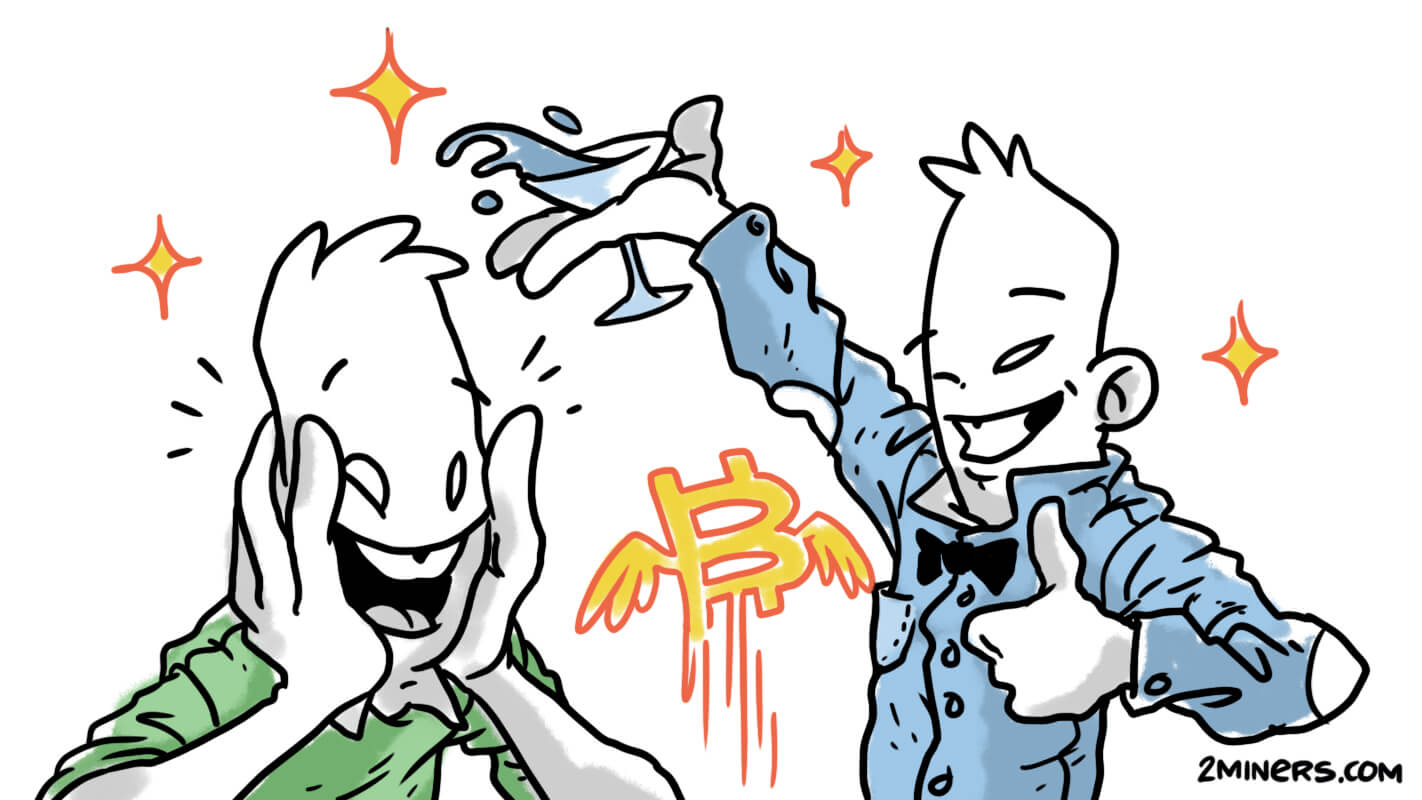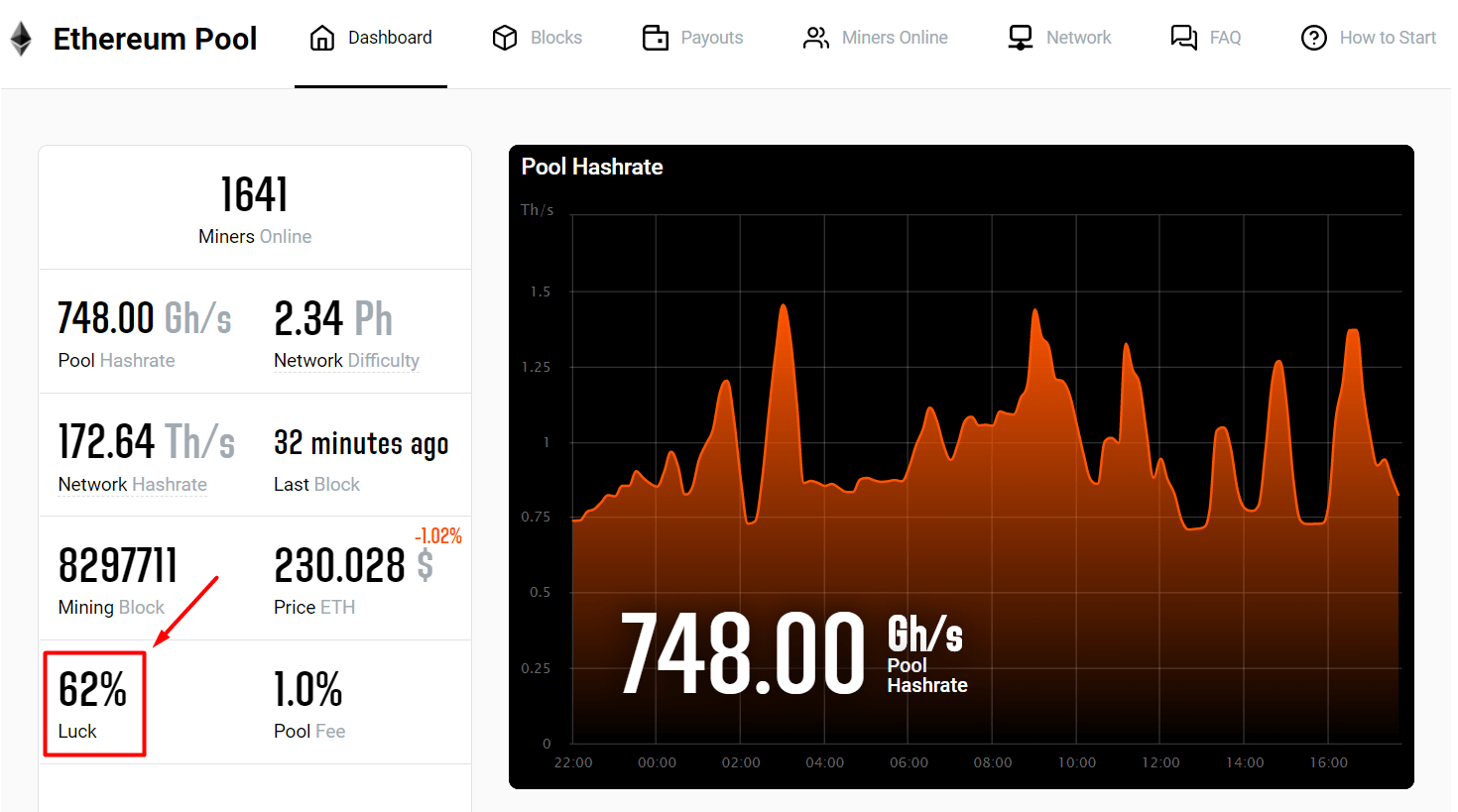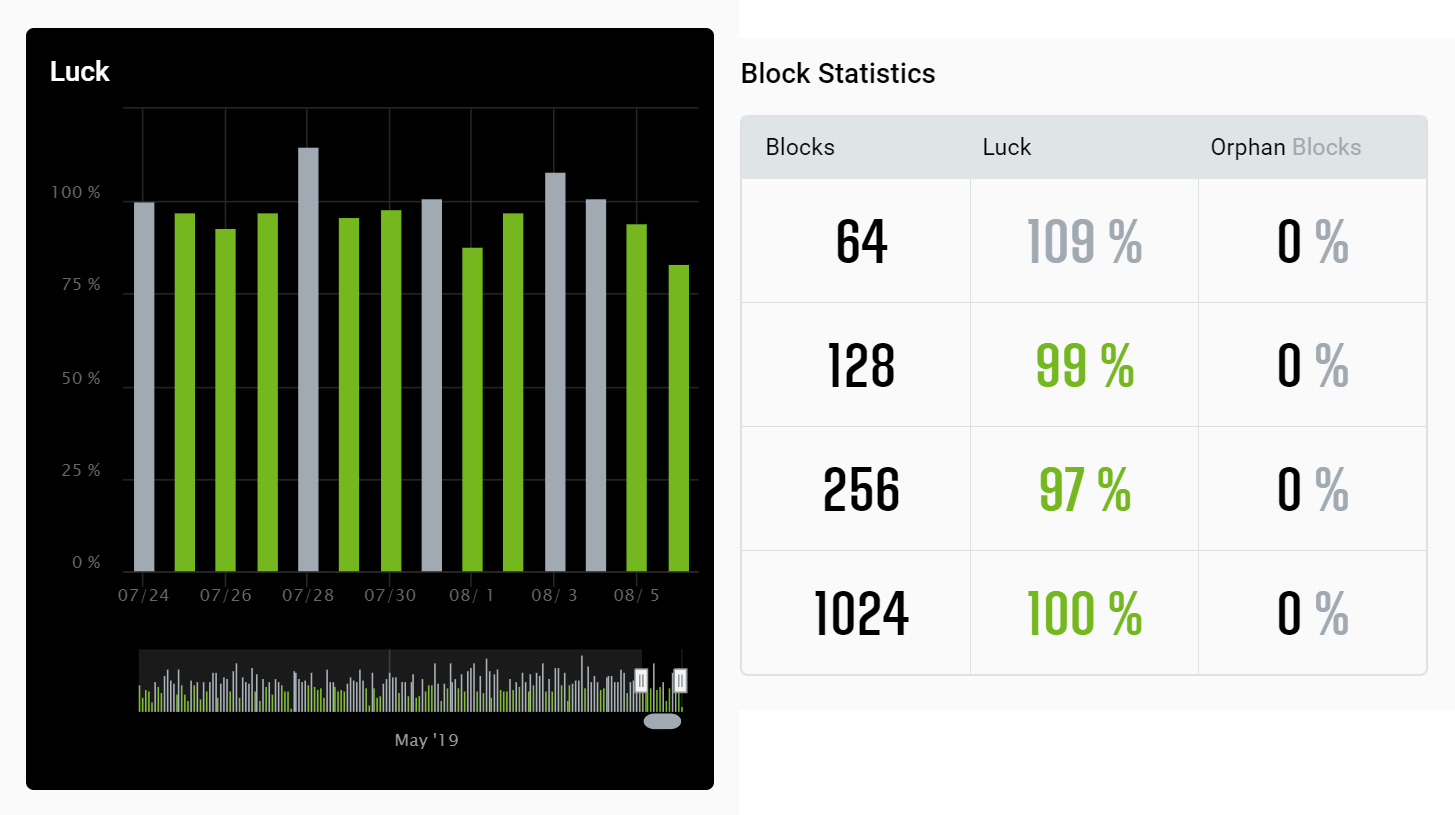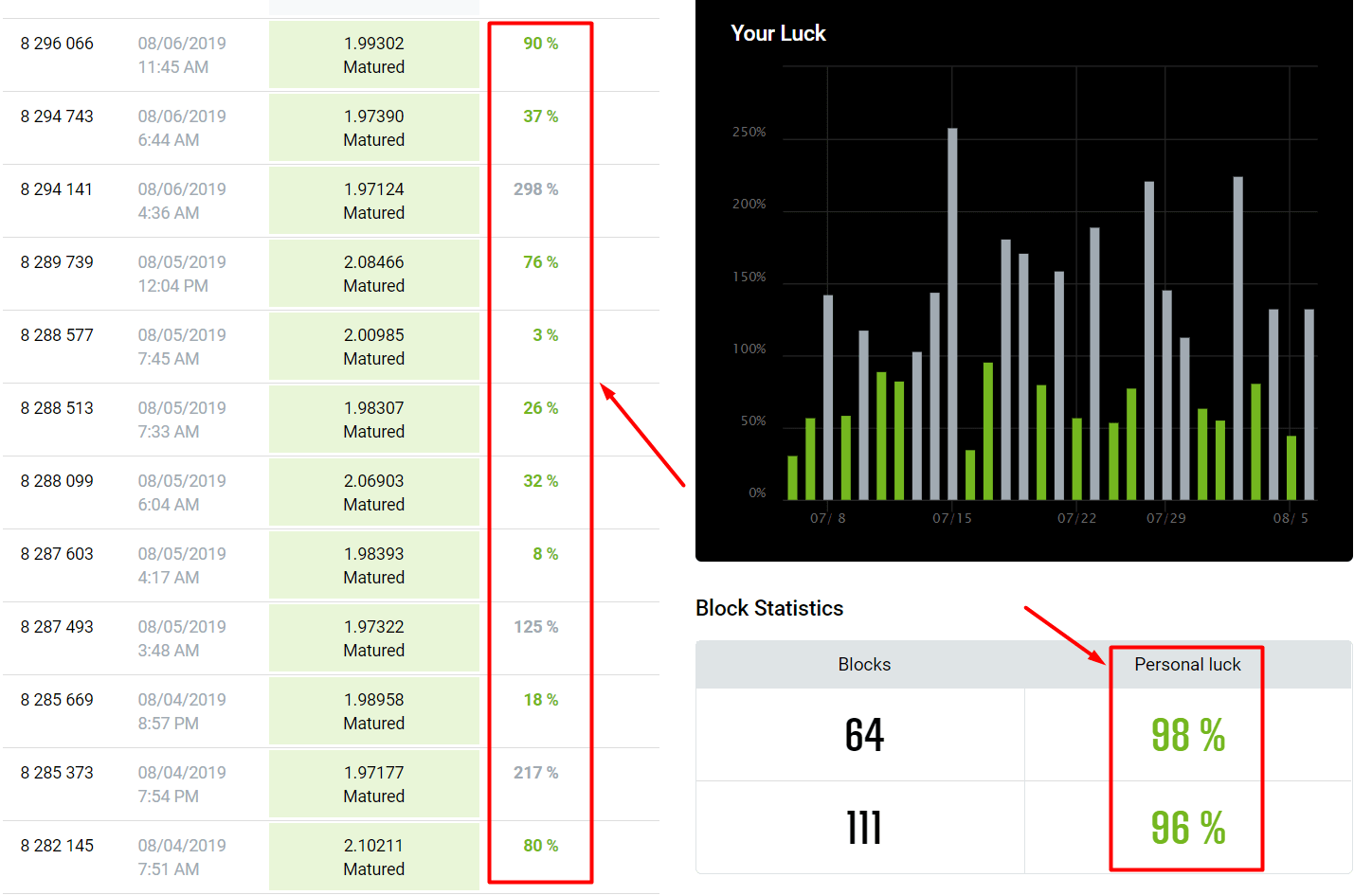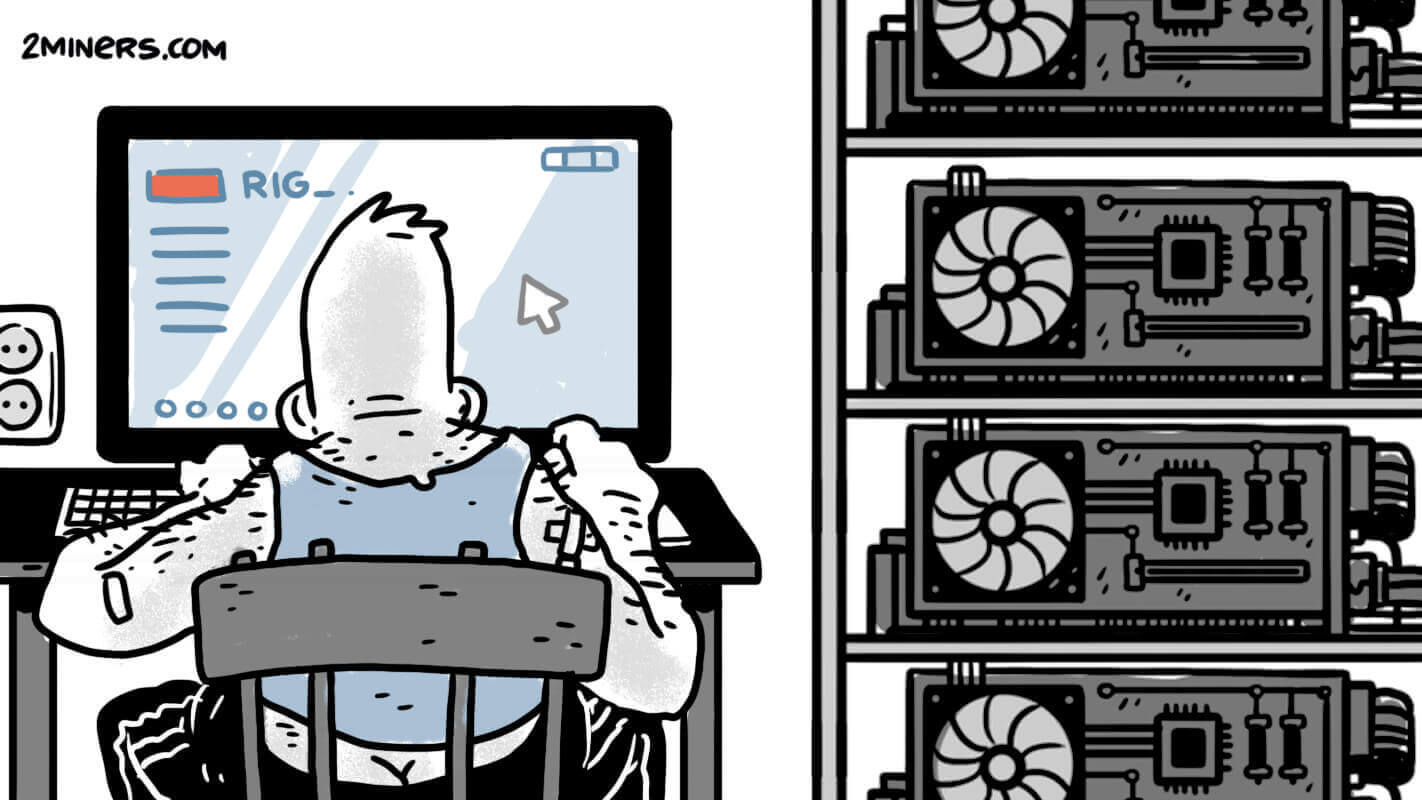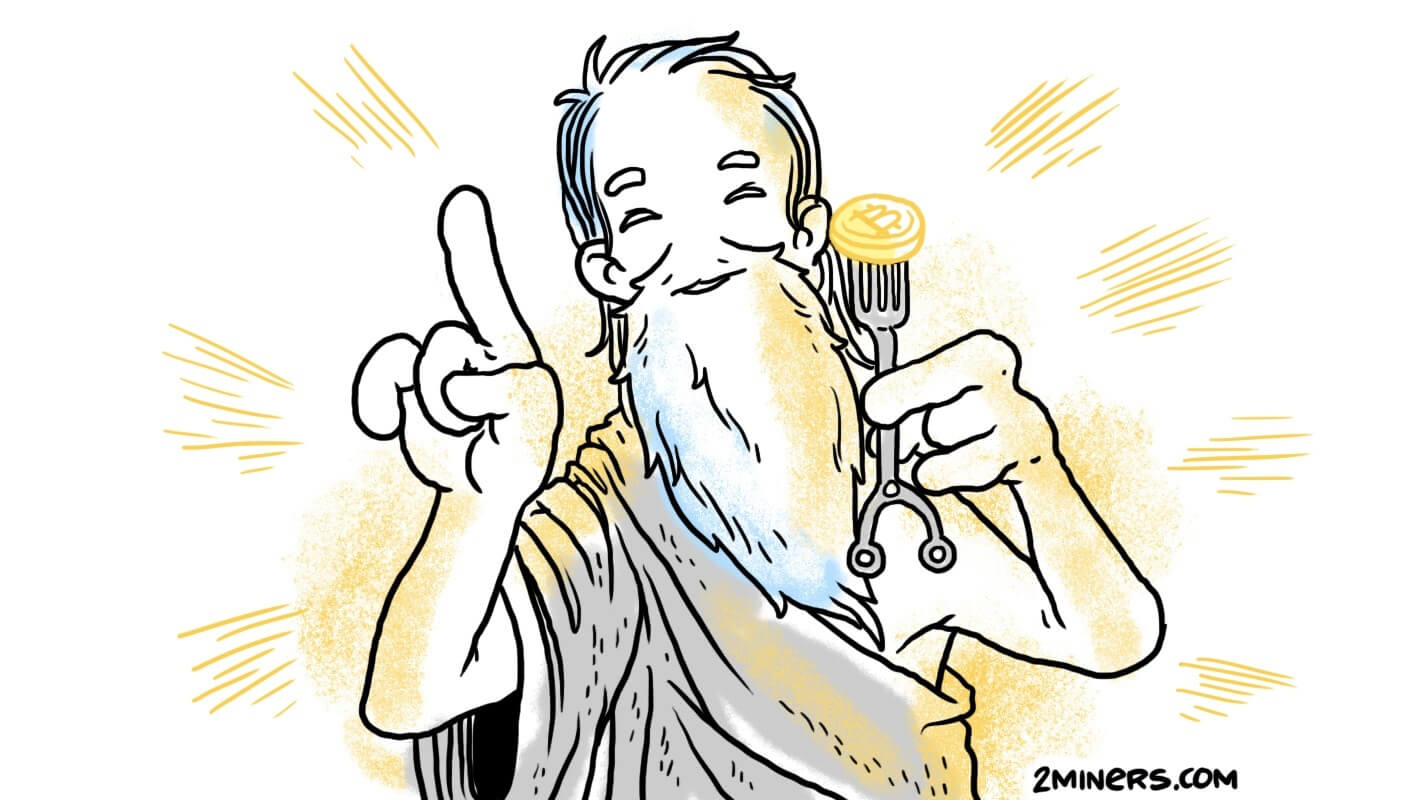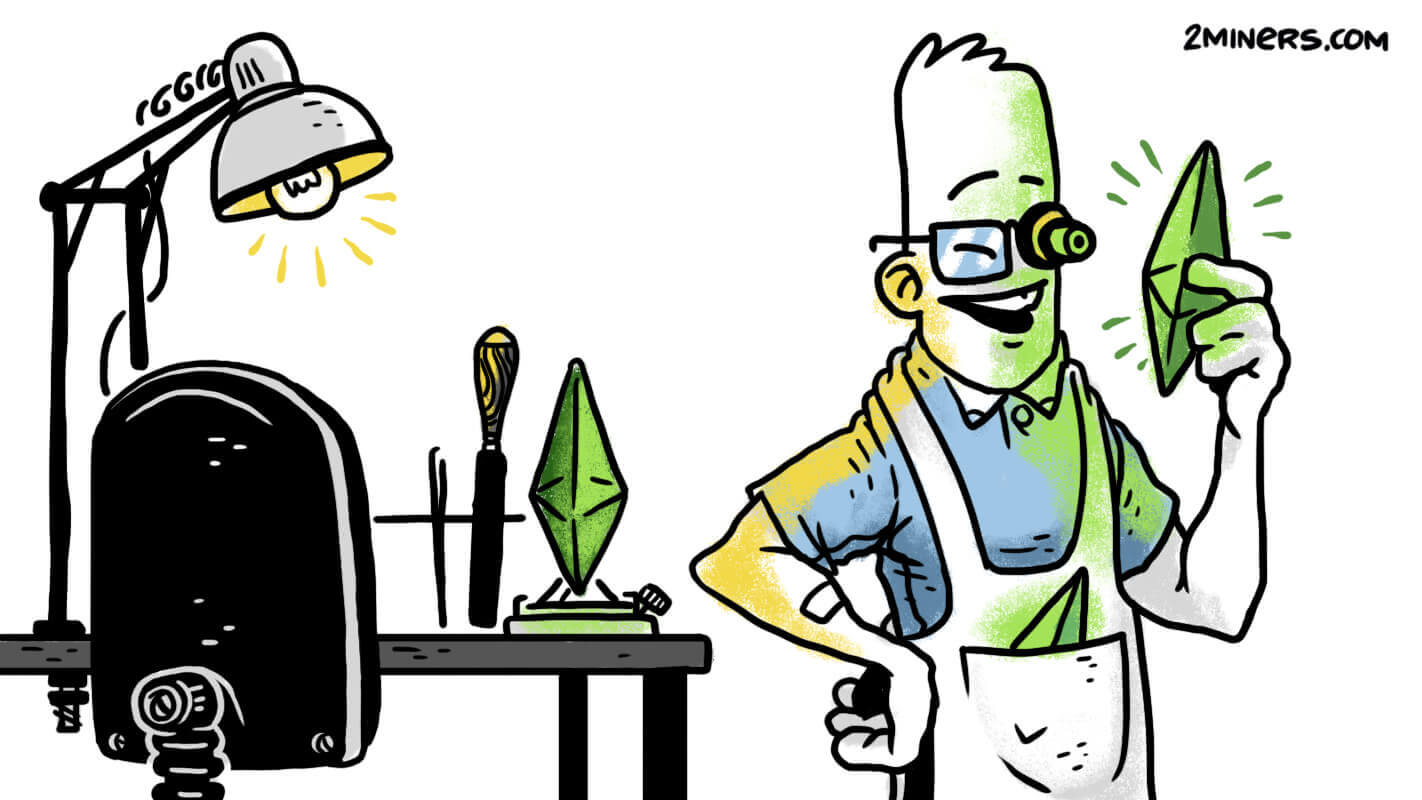Contents
What is Mining?
Mining pools compete among themselves to find new cryptocurrency blocks. For each new block, they are rewarded. For example, each Bitcoin block brings 6.25 BTC while each Ethereum block brings 2 ETH. Read more in our post What Is Bitcoin in Simple Terms: From Theory To Practice.
If you think that mining is only about solving some complicated math problems, then you are wrong. Miners play a guessing game. They are guessing all the time.
How so? Is it possible that all this energy around the world is used for such nonsense?
Yes, it is!
One of the most critical parameters of any cryptocurrency network is block time; that is the time needed to find a new block. For Bitcoin, it is 10 minutes, while for Ethereum it’s 14 seconds. However, a Bitcoin block may as well be found in 1 minute, or in 20 minutes. Ten minutes is the average block time (if let’s say, we take 1000 blocks in a row).
It means that every ±14 seconds all Ethereum mining rigs get a new task (job) and try to find the solution for the new block by merely guessing. It’s wrong to think that a rig or big mining pool spends a lot of time (hours or even days) trying to find a solution to one specific block – the problem to solve is one and the same for everyone, and it is changed every time a new block in cryptocurrency network is found!
Different mining algorithms are just different equations. Let’s say; one algorithm is A + B = C, while another one is A x B = C. For each block, you get a constant ‘A’ value, and you are also told that solution ‘C’ is a number with two zeros at the end. So you are randomly going through ‘B’ numbers until you find the right solution.
- Easy, right?
- Yeah!
Every cryptocurrency network decides on a one-to-one basis how many zeros number ‘C’ must have at the end in the same way that the average time to find a block – “block time” stays within the range of allotted time.
Example: ‘N’ is a cryptocurrency network. You mine on your own. The block time is 1 minute. The network gives you a particular problem, the solution to which (number ‘C’) must have two zeros at the end.
Your friend starts to mine the same cryptocurrency. As a result, network processing power doubles, which means that you will find blocks twice as fast – it will take you just 30 seconds. The block time is a parameter that can’t be fooled, so the network will give you a more difficult problem to solve, and now you must find the solution (number ‘C’) that has three zeros at the end.
When another 100 friends start to mine, then the network will require you to submit a solution with ten zeros at the end. If some of these guys leave the network will reduce the difficulty of the problem to keeping the block time constant.
What is Mining Luck?
We have already talked about luck before. In the article called Solo Mining Pools – How to Catch Your Luck, we gave the following definition of mining luck:
Let’s imagine you are rolling the dice and you need to get 6. In the perfect world, if you roll it many times, number 6 should appear in 16,67% of cases, i.e., every sixth time (since the dice has six faces), right?
In real life, you can get lucky, and the number 6 will appear a few times in a row if you experiment.
The process of solution searching in mining is equivalent to rolling the dice, even though it sounds strange. You are competing with the whole world, but the point doesn’t change.
Let’s say you have one video card, and your friend has 6-GPU Mining Rig, this is equivalent to you having one dice, and him having six dices. You roll each dice once and try to get six.
Apparently, your friend has much more (six times more) chances of getting six, but it doesn’t mean you can’t win. Let’s suppose that the reward for one block is $70. You can unite with your friend and find the block together, and divide the gainings in a fair way – you get $10, and his part is $60.
Or you can search for the block on your own, and then you get the whole $70 for yourself for the found block. In a perfect world, it would take ten times more time, than if you cooperate with your friend, but our world isn’t ideal.
To many, this explanation appeared to be challenging to understand, so let’s try and put it differently.
So miners play a guessing game. The more hashrate each miner has (MH/s), the more tries it takes to guess the block solution he wants. And it’s the same for all the blocks.
For example, you have 100 MH/s, while your friend has 500 MH/s. If you compete with each other, it’s only logical to assume that your friend will outplay you, with you winning once and your friend winning five times. This example is in an ideal world. In reality, if it’s neck-and-neck between you two, you could win. This just means that you’re in luck, while your friend apparently is not.
Mining Pool Luck
Let’s look at the extract from 2Miners FAQ:
Mining is probabilistic by nature: if you find a block earlier than you statistically should on average, you are lucky if it takes longer, you are unlucky. In a perfect World, the pool would find a block on 100% luck value. Less than 100% means the pool was lucky. More than 100% signifies the pool was unlucky.
Let’s take Bitcoin Gold (BTG): btg.2miners.com
Its block time is 10 minutes, which means that an average of 144 blocks is found daily. At present, the network hashrate is 3 MS/s. If the pool hashrate is 1 MS/s, then on average it should find every 3rd block (48 blocks a day). When the pool finds 55 blocks a day, it’s in luck, when it finds 40 blocks a day, it’s not. No reason to worry though – it will get lucky another day.
As a rule, pool luck is always aimed at 100%, that is, at perfection.
Let’s look at pool luck statistics of the following cryptocurrencies: Ethereum, Zcoin, and Ravencoin.
As you can see, average luck is always around 100%.
Patience is essential for the miner. It’s hard to accept, but it’s true. If you patiently continue to mine your Luck will tend to 100%. We often see rookie miners worried about Luck being too high. They change the mining pool; they shift the coin they mine, etc. However, they just need some patience.
Solo Mining Pool Luck
The same principles apply to a Solo Mining Pool. No matter if you have just 1 GPU, a mining rig, a warehouse full of mining rigs, or if you rent hashpower on Nicehash you deal with Luck. Each miner on 2Miners Solo mining pool has a detailed statistics page. There is not only the pool Luck shown but also the personal Luck value for each block found by the miner.
My Luck Value is Reducing. How is That Possible?
Luck should always increase until the block solution is found. Then it is dropped to 0%. Sometimes miners see that their luck value is reduced. Let’s say it was 95% and then it turns to 85%.
Luck is calculated using the number of shares the miners sent to the pool and the network difficulty. If network difficulty changes, your Luck value changes as well. If difficulty has been increased your Luck value could reduce. However, this doesn’t mean that you’ll suddenly get lucky.
Mining Pool’s Myths
- Everyone becomes so frustrated when pool luck is more than 200-300%, saying something like “pool sucks” or “node is not synced” and believing it is the end of the world. But when the same pool finds twice as many blocks a day than in an ideal world, how come everyone is suddenly so silent?
- Many beginning miners think that finding pools spends a lot of time calculating block solutions, and getting worried when it takes too long to find a block, blaming it all on the pool. Just remember that all the rigs around the world play a guessing game with the same block.
- “If I switch off my mining rig today – will the rig continue calculating the solution of my block when it is back online tomorrow?” No. Please remember that as soon as the new block is found in the cryptocurrency network, all the miners in the World start to work on a new block. There is no progress bar.
- “Pool finds block when Luck is 100%.” That is not true. Pool finds a block with 100% Luck on average if we take into account many blocks, for example, 1000 blocks. It is not possible to predict the Luck of the next block.
- “It is better to connect to the pool when the current Luck is high. Let’s say 150%. In this case, the pool finds a block soon.” That is false. No matter at which particular moment you connect to the pool. You can not predict when the block is found.
- “My mining rigs were working for the whole day, but there were no blocks on the pool. Is this work wasted?” The pool was not Lucky. Please be patient. If we take into account several days (on average), the pool Luck always tends to be 100%.
